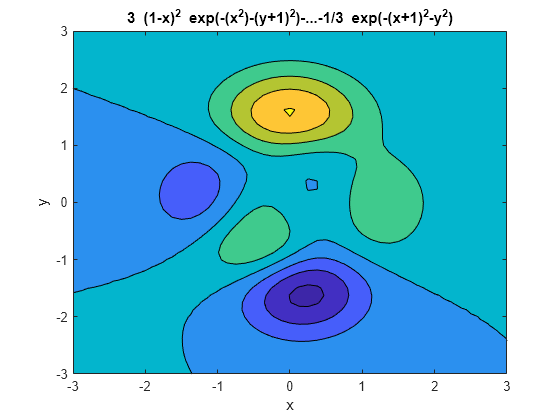ezcontourf
(不推荐)易用的填充等高线绘图函数
说明
ezcontourf( 将在指定区间绘图。要对 f,xyinterval)x 和 y 使用相同的区间,请将 xyinterval 指定为 [min max] 形式的二元素向量。要使用不同的区间,请指定 [xmin xmax ymin ymax] 形式的四元素向量。
ezcontourf( 将图形绘制到 ax,___)ax 指定的坐标区中,而不是当前坐标区中。在上述任一语法中的任何输入参量组合之前指定坐标区。
c = ezcontourf(___) 返回等高线对象。在创建等高线后,使用 c 修改等高线。有关属性列表,请参阅 Contour 属性。
